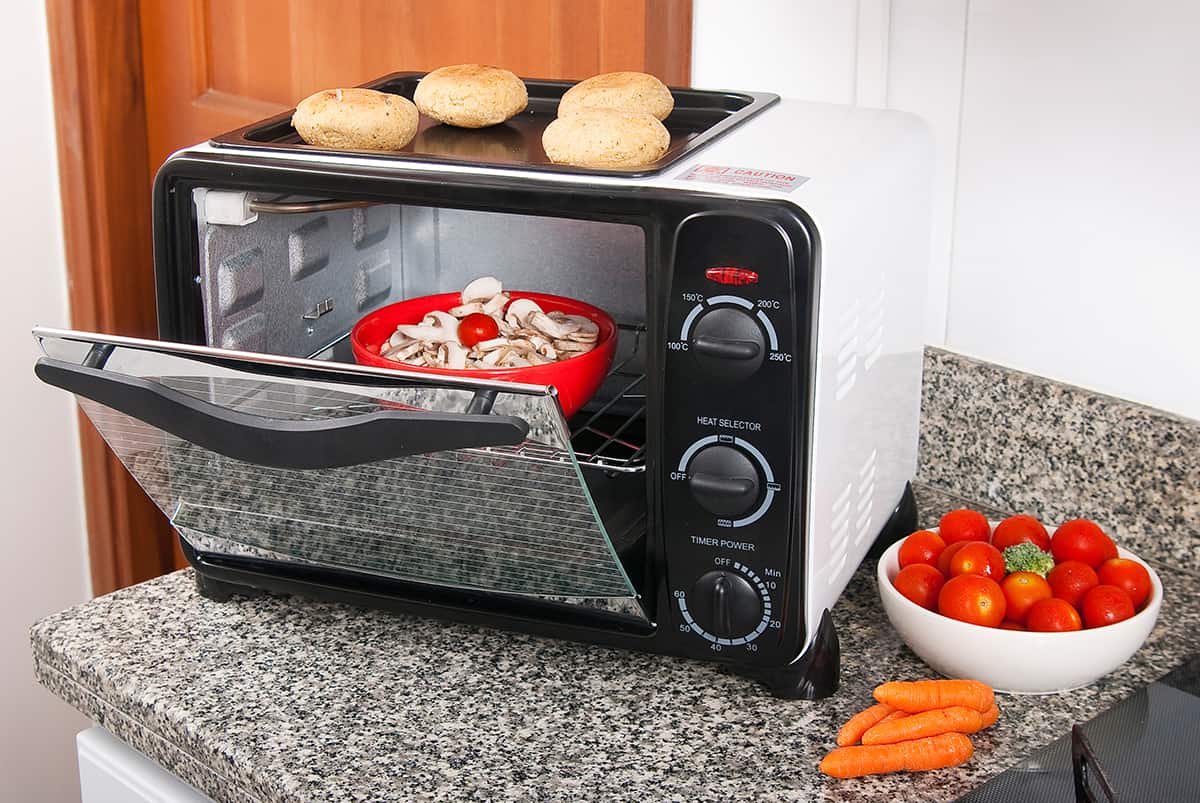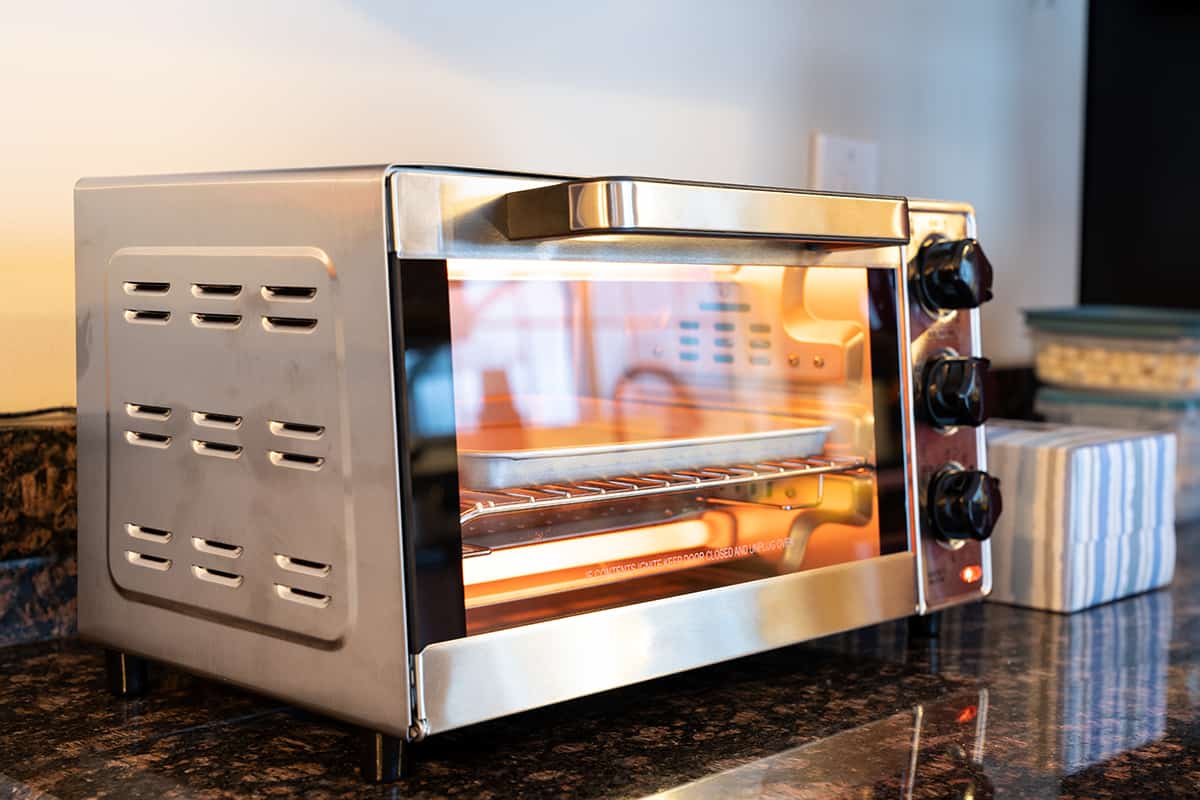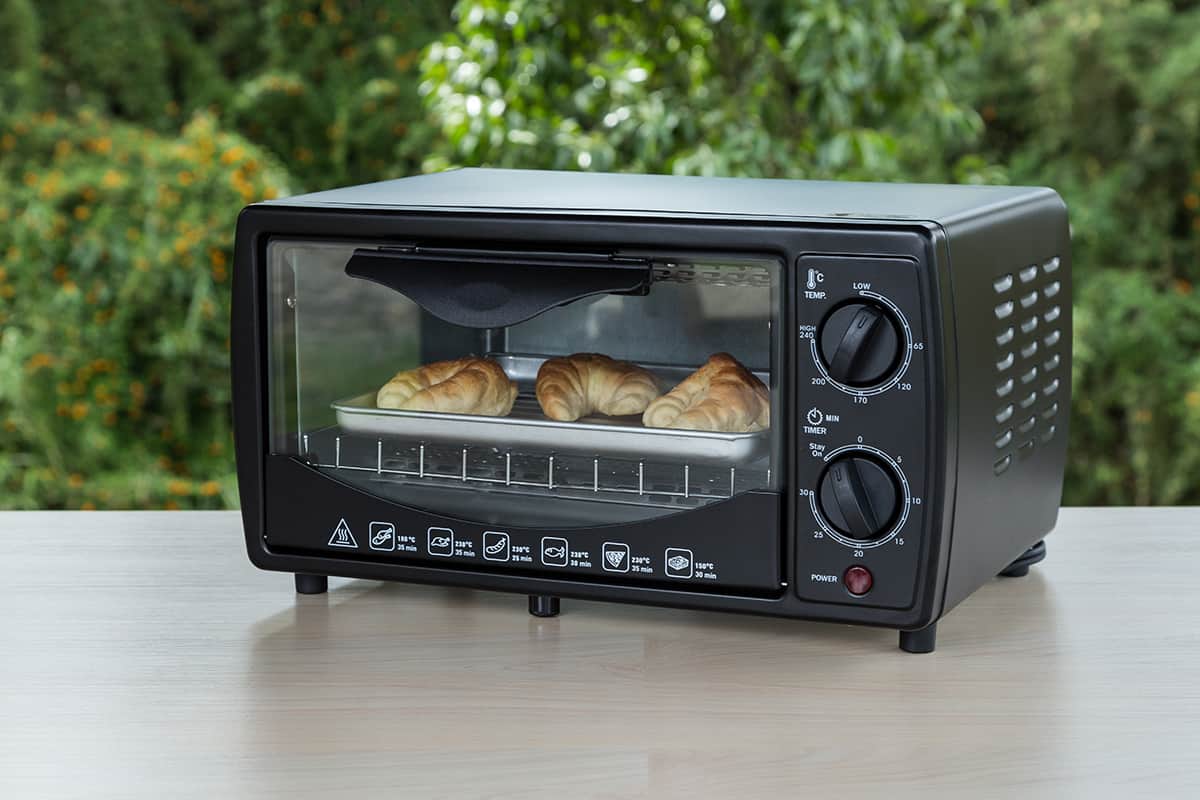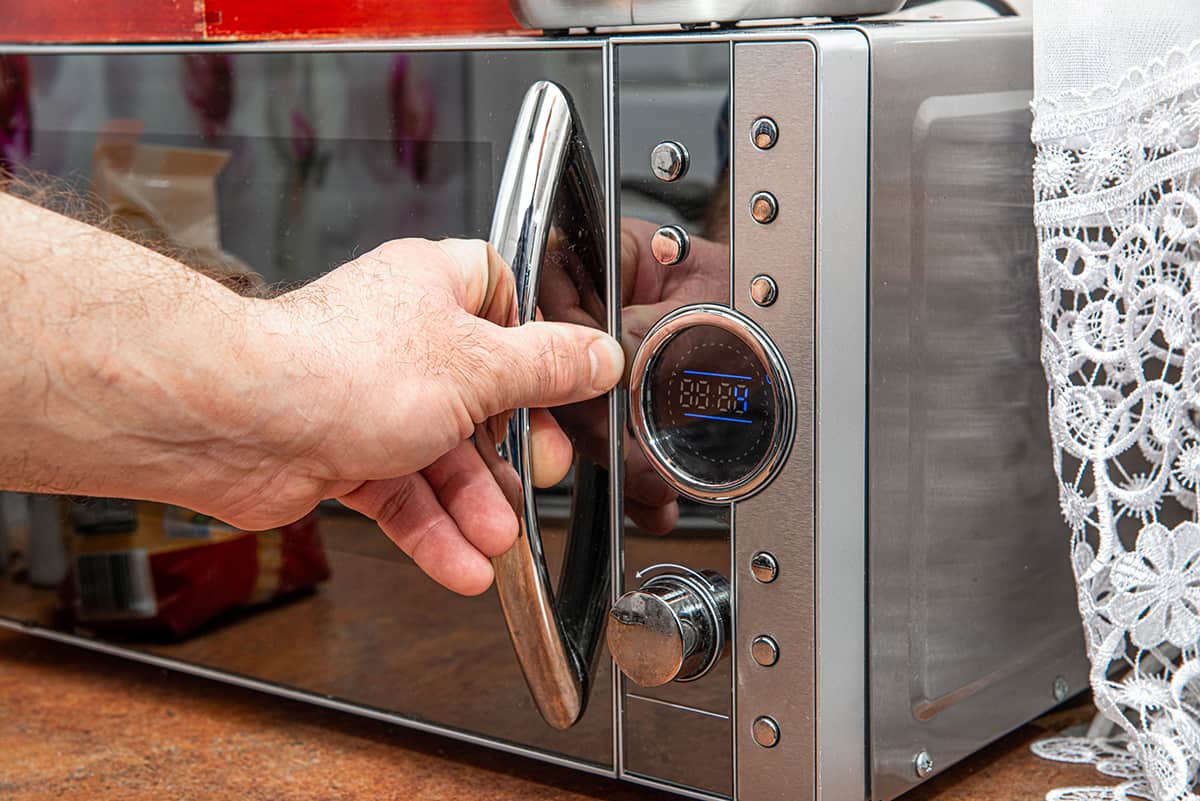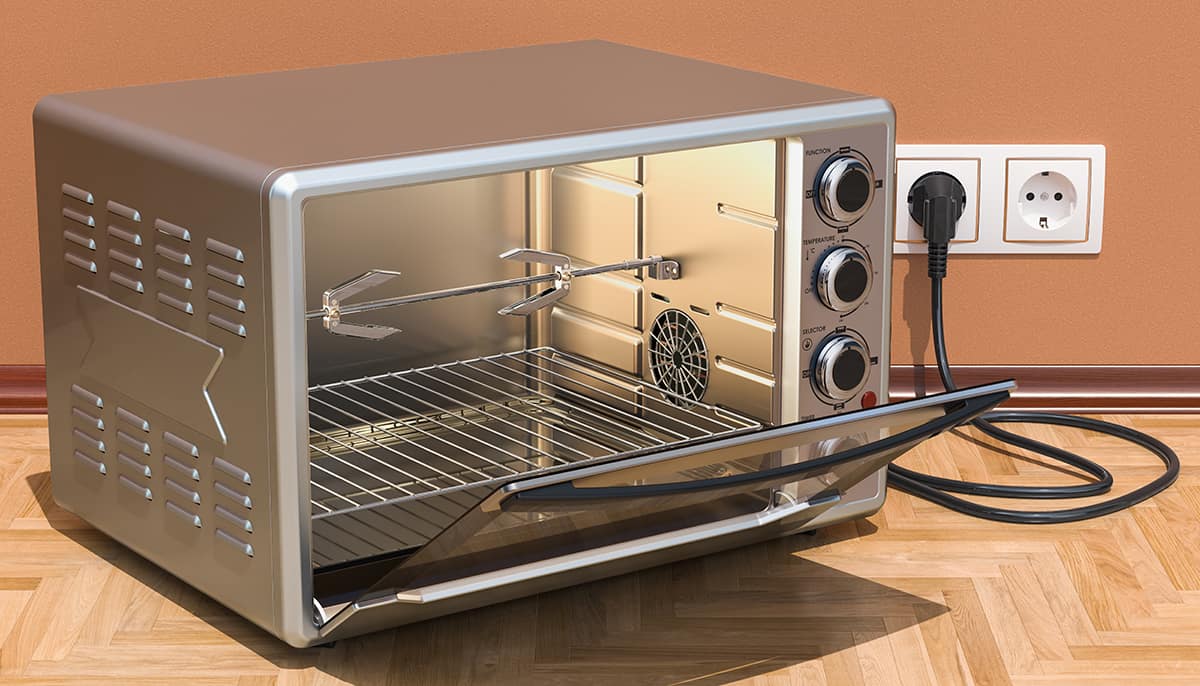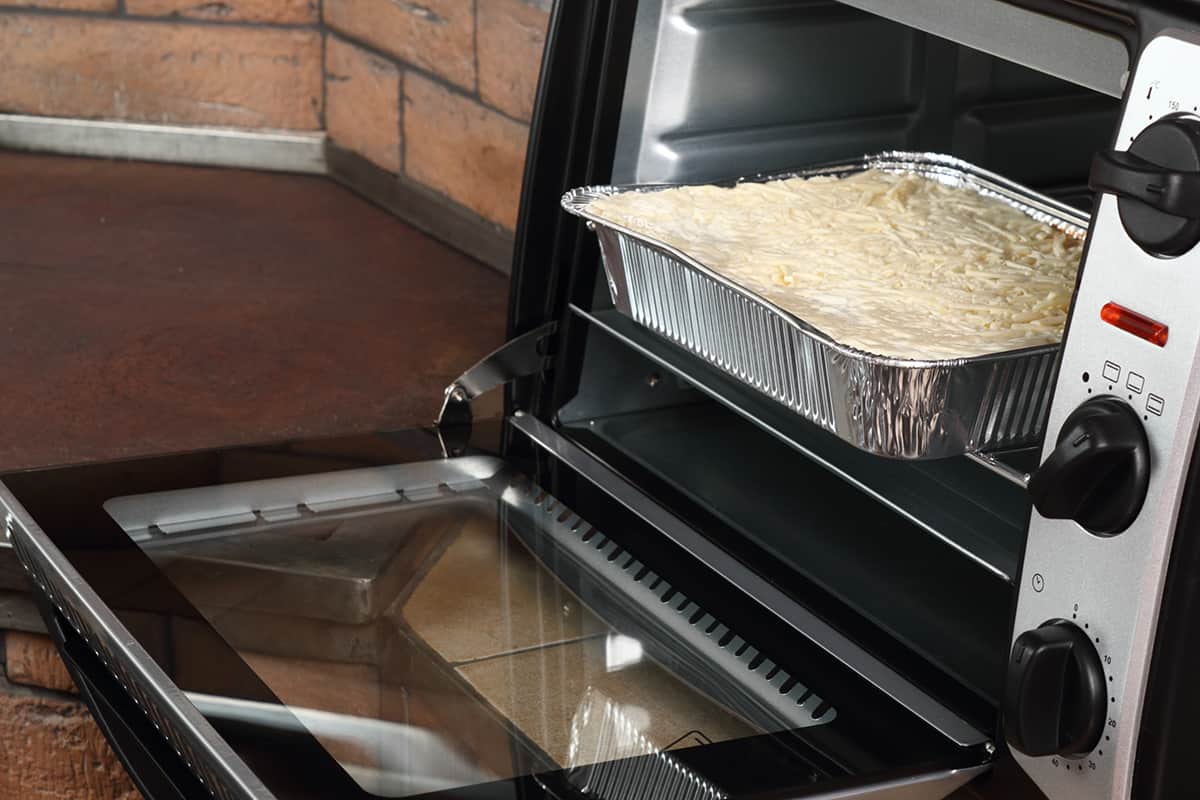Lots of people, including ourselves, absolutely need a slice of toast in the morning. Luckily, electric toasters are commonplace in nearly all kitchens across the country. But have you ever thought about placing the toaster on its side?
As fun as it sounds, putting a toaster on its side is not a good idea due to safety hazards such as the risk of fire and potential damage to the appliance. Alternatives to sideways toasting include using a grill pan or a sandwich maker.
In this guide, we will take a look at the fascinating world of toasters, explain why sideways toasting is a bad idea, and learn about alternative solutions for this matter.
The Inner Workings of a Toaster
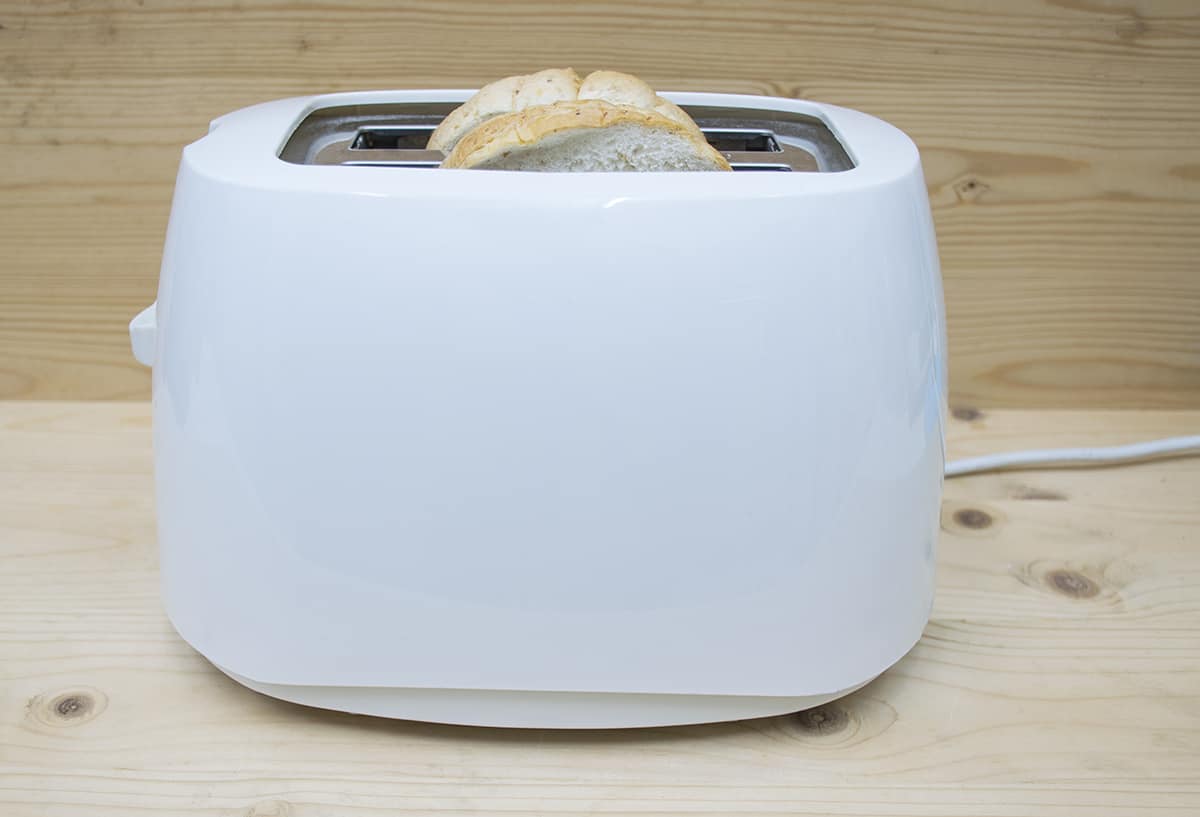
Toasting bread is a daily ritual in many households, but have you ever wondered about the science that makes your toast crispy and golden brown?
How a Toaster Works
A standard pop-up toaster consists of several key components. The outer shell is usually made of metal or plastic, housing the inner parts. Inside, you’ll find nichrome wires that serve as heating elements. When you plug in the toaster and push down the lever, electricity flows through these wires, heating them up.
The wires are positioned close to the bread slices, radiating heat that cooks the surface of the bread. This heat causes the Maillard reaction, a chemical process where sugars and amino acids react, resulting in the browning of the bread and that distinctive toasty flavor.
A thermostat inside the toaster senses the temperature, allowing you to control the degree of toasting. Once it reaches the desired level, the mechanism releases the lever, and your toast pops up.
The even toasting of bread depends on the consistent distribution of heat. In a toaster, heat is transferred through three main methods: conduction, convection, and radiation. The synergy of these three heat transfer methods ensures the bread is evenly toasted.
- Conduction: This occurs when the heating elements directly touch the bread, transferring heat. Good contact between the bread and the elements ensures uniform toasting.
- Convection: Hot air within the toaster rises, creating currents that evenly distribute heat around the bread. This is why the slots in the toaster are essential; they allow air to circulate.
- Radiation: The red glow of the heating elements is a sign of infrared radiation. This energy radiates out from the wires, cooking the surface of the bread without direct contact.
Can You Put a Toaster on Its Side?
The question of putting a toaster on its side has sparked curiosity and debate among toast aficionados. This unconventional idea seems appealing to some, especially when looking for creative ways to utilize kitchen appliances. However, a closer look into the risks provides a clear answer.
Safety Hazards
- Risk of Fire: Putting a toaster on its side disrupts the normal flow of heat and can cause crumbs to ignite. This poses a significant fire risk, on top of the existing risk due to its nature of being a toaster, which could endanger your home and family.
- Electrical Concerns: Sideways orientation may cause electrical components to malfunction, leading to potential electric shocks or short circuits.
- Physical Burns: The exposure of heating elements in a sideways position can increase the chance of accidental burns while attempting to remove food items.
Damage to the Appliance
A toaster’s design aims for upright use. Using it sideways can result in parts warping or melting, damaging the appliance and reducing its lifespan. In addition, any crumbs that may become dislodged from the slice of toast will fall into the cavities of the toaster. If you’ve tried removing crumbs from a toaster before, you know how much of a pain it can be.
Inconsistent Toasting Results
The heat distribution is compromised when the toaster is on its side, leading to uneven toasting. It could leave one side undercooked while the other sideburns. The argument for this concern is that you could flip the piece of toast halfway through the cooking process. Still, the risks above still apply, and it’s better to be safe than sorry.
Alternative Solutions for Creative Cooking
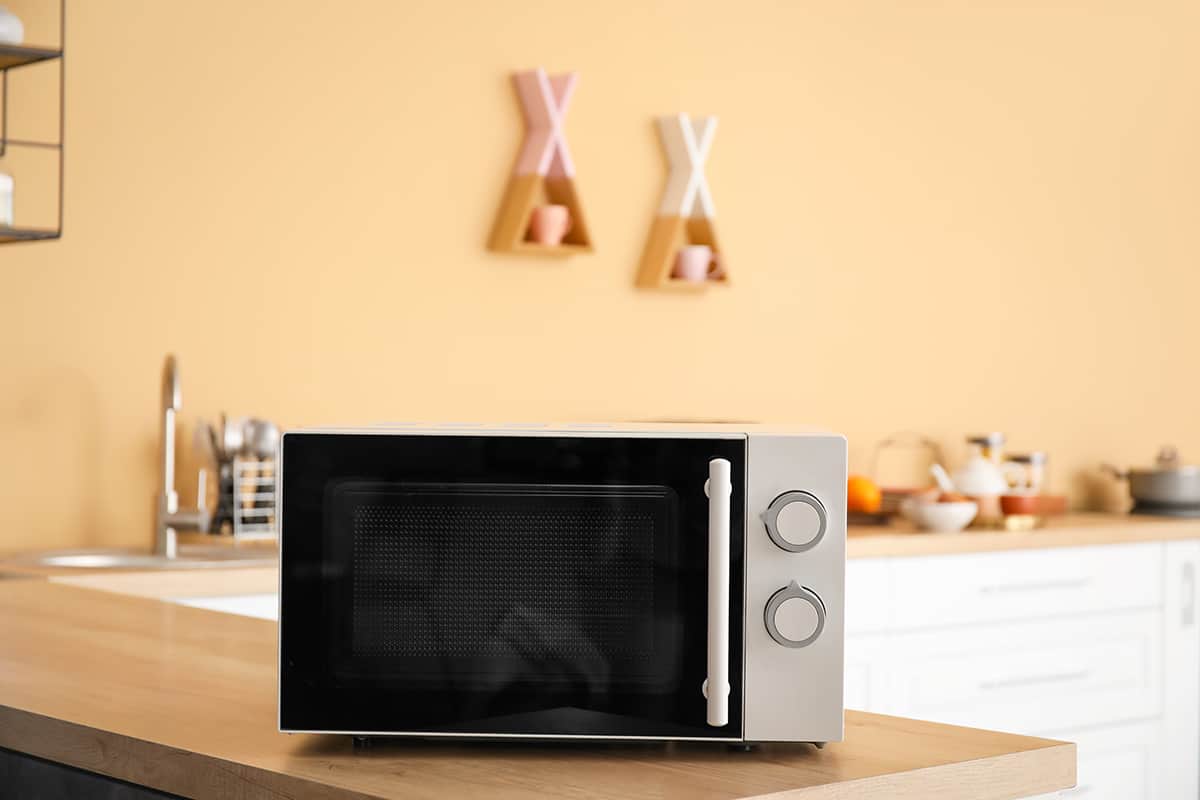
We’ve discovered that putting a toaster on its side is not recommended due to various risks and concerns. This, however, is not a reason to limit your culinary creativity.
Instead of putting yourself and your home in danger with sideways toasting, there are several alternatives to help you achieve toasty results. We’ll grant you that you may need to purchase one or more of the following appliances and tools, but you can use them for way more than just making toast!
- Panini Presses and Sandwich Makers: These appliances are specifically designed to grill sandwiches, allowing for even cooking and attractive grill lines without the risks associated with sideways toasting.
- Oven Broilers: Utilizing the broiler function of your oven can achieve results similar to grilling, perfect for sandwiches, meats, and vegetables.
- Microwave Ovens: For reheating or soft cooking, the microwave oven is a versatile tool that can handle various dishes, including mug cakes and steamed vegetables.
- Induction Cooktops: Offering precise temperature control, induction cooktops are excellent for a wide range of cooking techniques, from frying to simmering.
Tips for Safe Toaster Usage
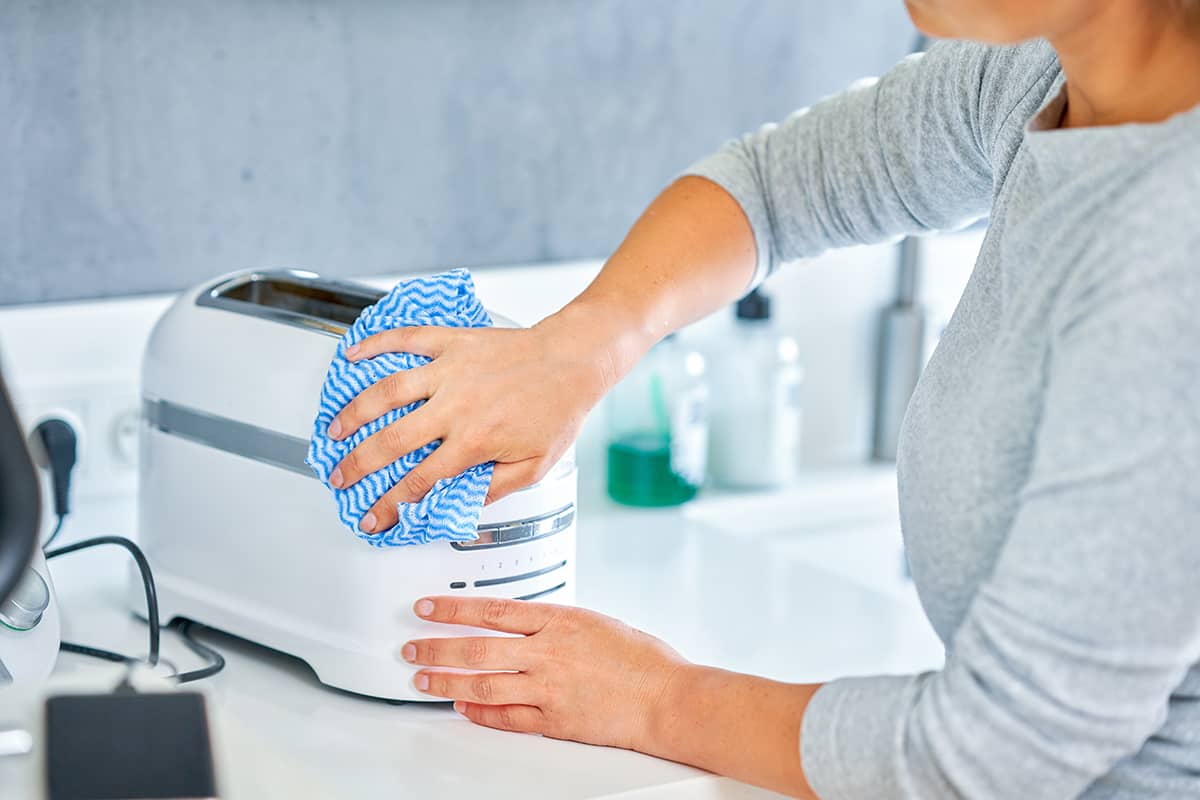
The majority of you probably don’t think twice about using a toaster (hopefully, this guide has convinced you not to place your toaster sideways!). As simple as these devices may be, you can still learn plenty about using a toaster safely.
Proper Placement and Handling
- Stable Surface: Always place your toaster on a flat, stable surface to prevent tipping or sliding, which could lead to burns or other injuries.
- Cord Safety: Ensure the power cord is not frayed or damaged and is placed where it won’t be tripped over.
- Cool Down Period: Allow the toaster to cool down between uses to prevent overheating, especially if you are toasting multiple batches.
Maintenance and Cleaning
- Regular Crumb Removal: Toasters accumulate crumbs, and these can pose a fire risk. Most toasters have a crumb tray that should be emptied regularly.
- Cleaning the Exterior: Wipe down the toaster with a damp cloth to keep it clean but ensure it is unplugged and completely dry before use.
- Avoid Metal Utensils: Never use metal utensils to remove stuck toast, as this can cause electric shocks. Use wooden or plastic tongs instead.
Toaster Settings and Features
- Know Your Toaster’s Settings: Familiarize yourself with the different settings, such as defrost or bagel mode, to get the desired results.
- Use the Right Bread Thickness: Understand what bread thickness is suitable for your toaster to avoid jamming.
- Auto Shut-Off Feature: Consider a toaster with an auto shut-off feature, which turns the toaster off if the bread gets jammed, as an extra safety measure.
Best Practices for Different Types of Toasting
- Bagels and Specialty Breads: Many toasters have specialized settings for bagels or thicker slices. Know how to utilize these features for perfect results.
- Toasting Frozen Bread: If your toaster has a defrost option, learn how to use it effectively for toasting frozen bread evenly.
- Avoid Overstuffing: Placing too many items in the toaster or using oversized bread may lead to jamming or uneven toasting.
FAQs
1. How do I cook a sandwich in a toaster?
Cooking a sandwich in a toaster may seem like a good idea, but there are several other ways you can do this without putting your toaster and home in danger. However, if you insist on using a toaster, invest in a sturdy sandwich cage. Just make sure it’s compatible with your toaster!
2. Are there toasters designed to be used on their side?
There are no toasters specifically designed to be used on their side. For toasting sandwiches, consider using a sandwich maker or Panini press instead.

